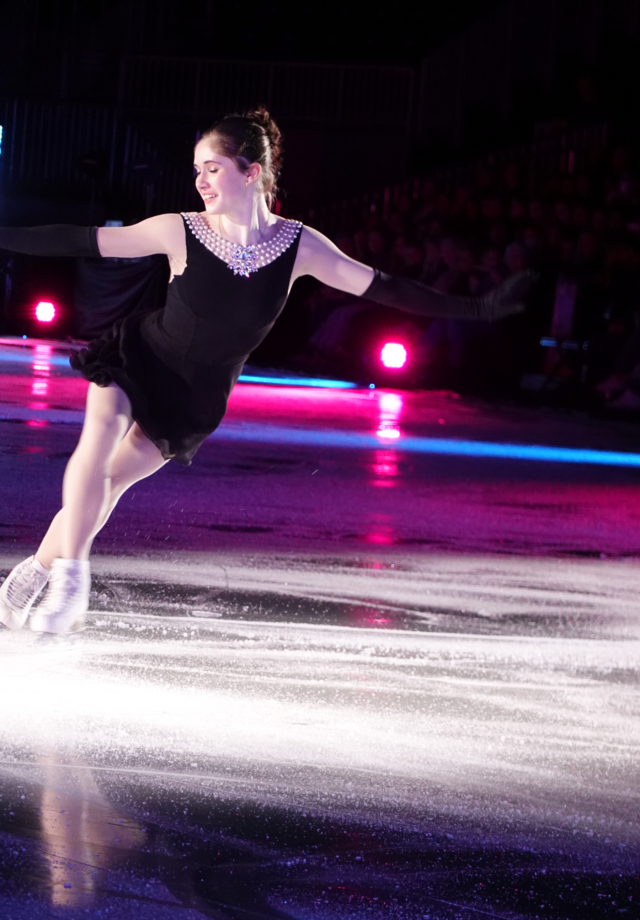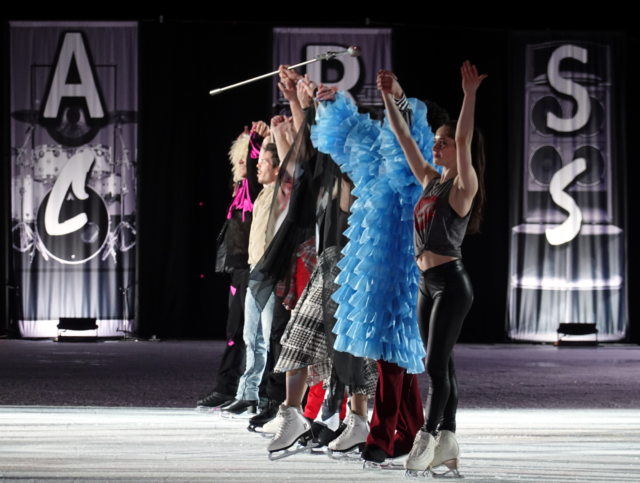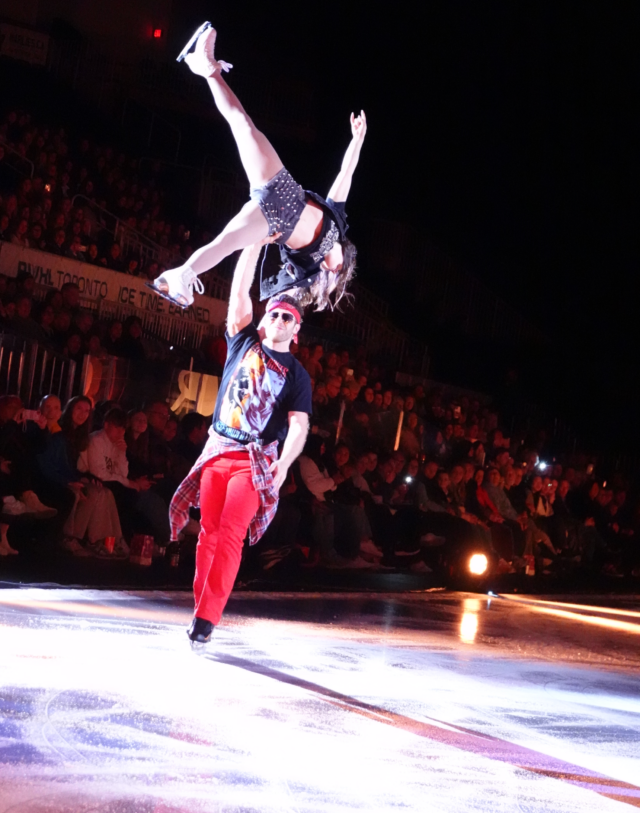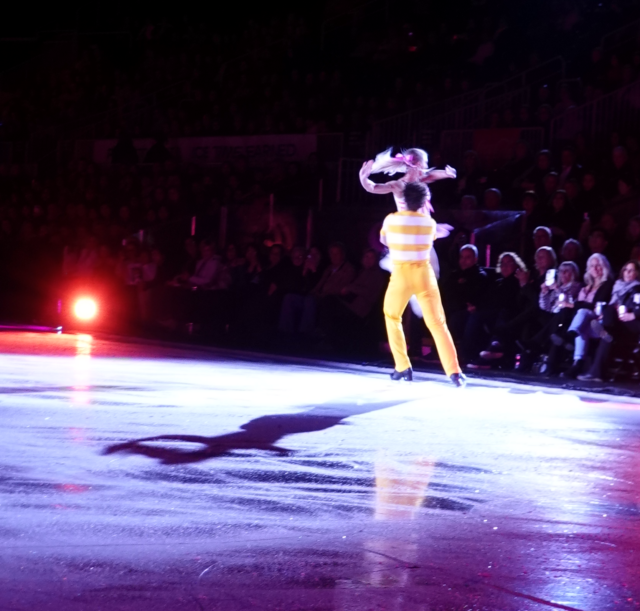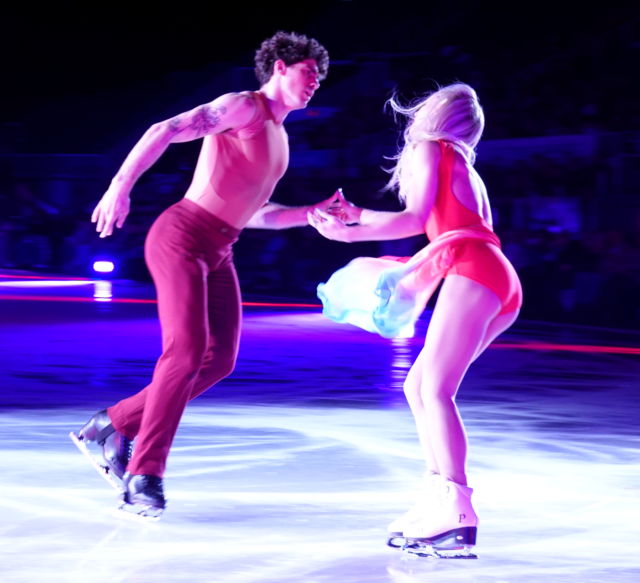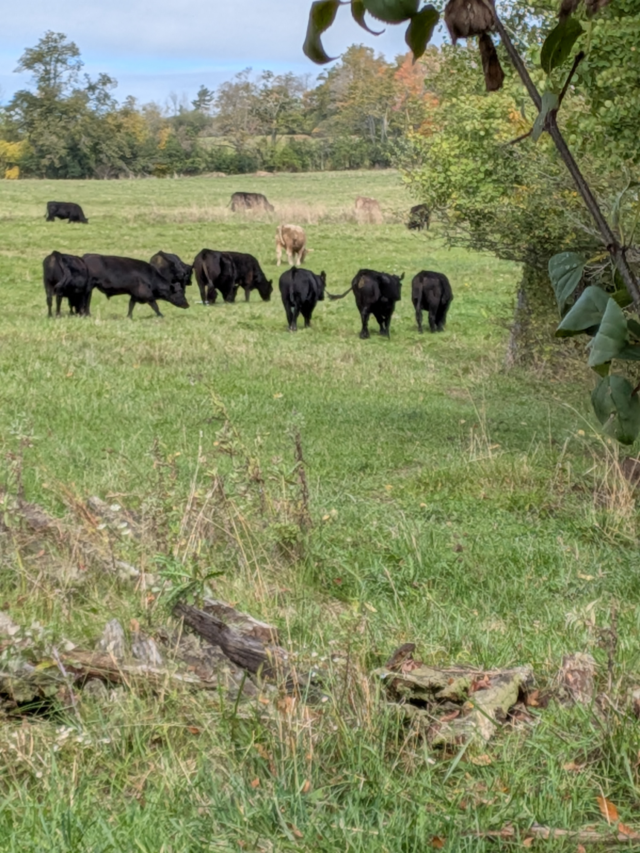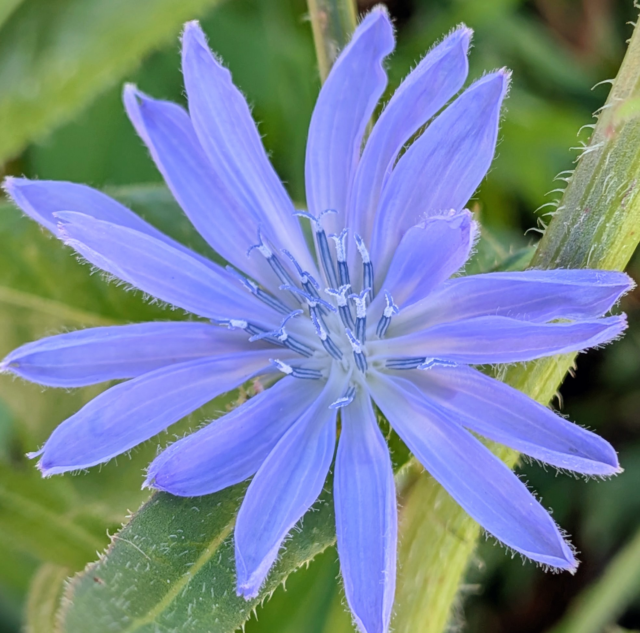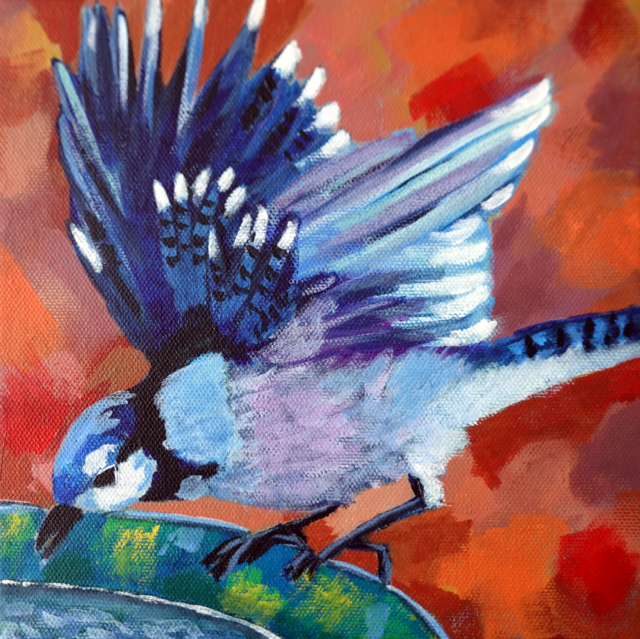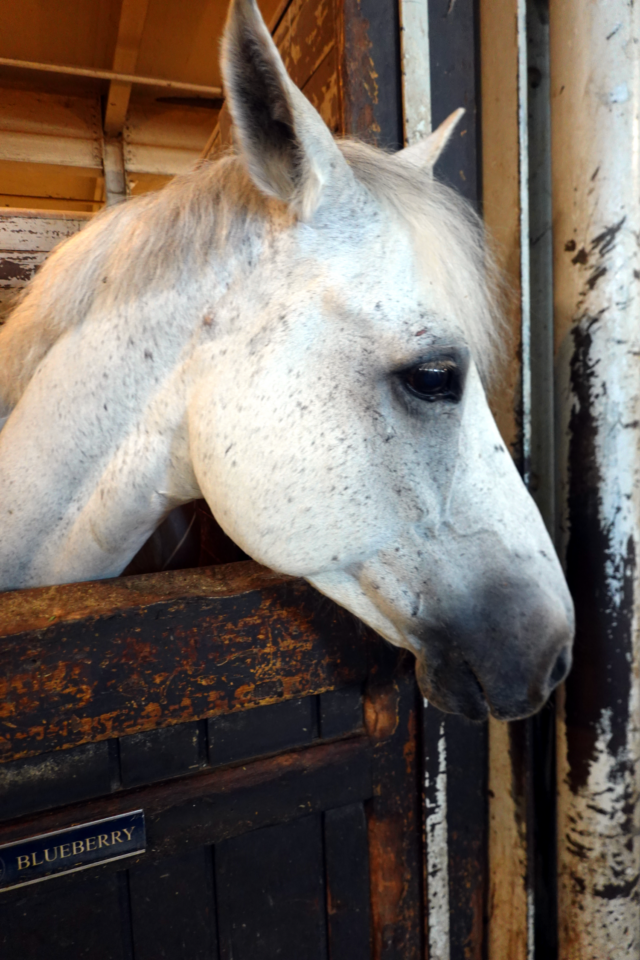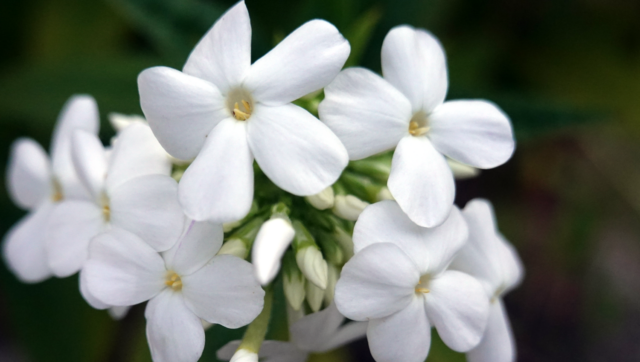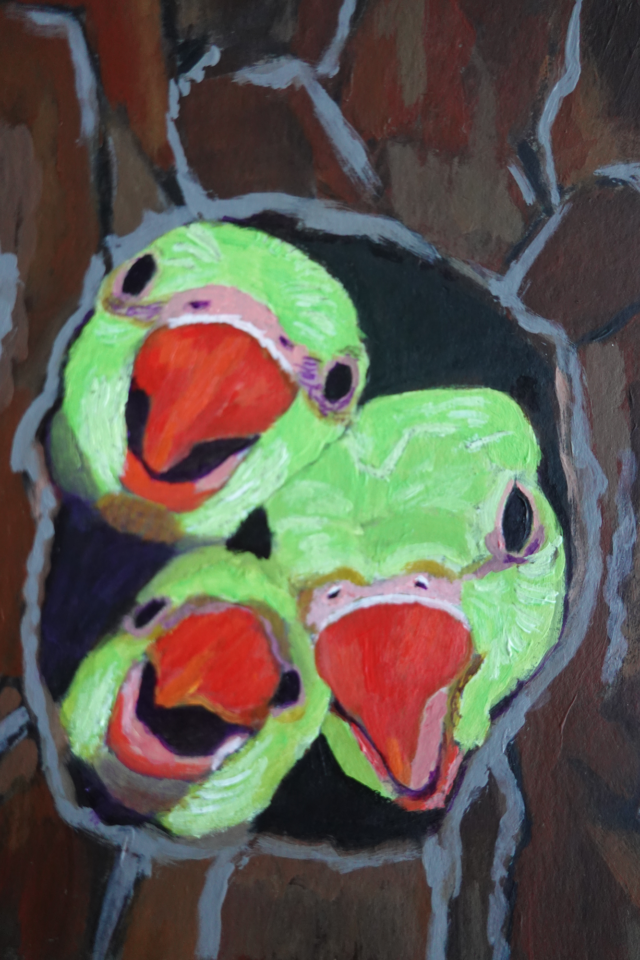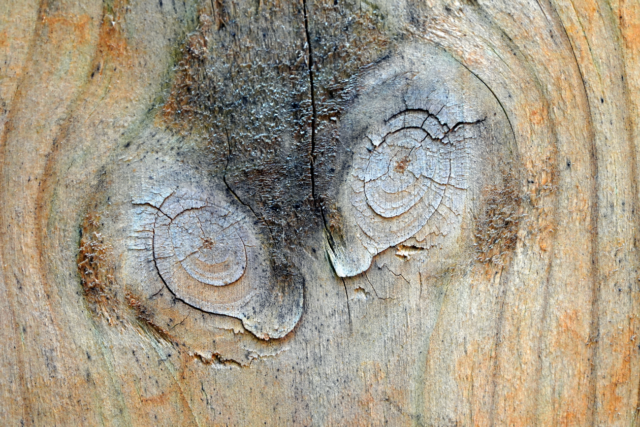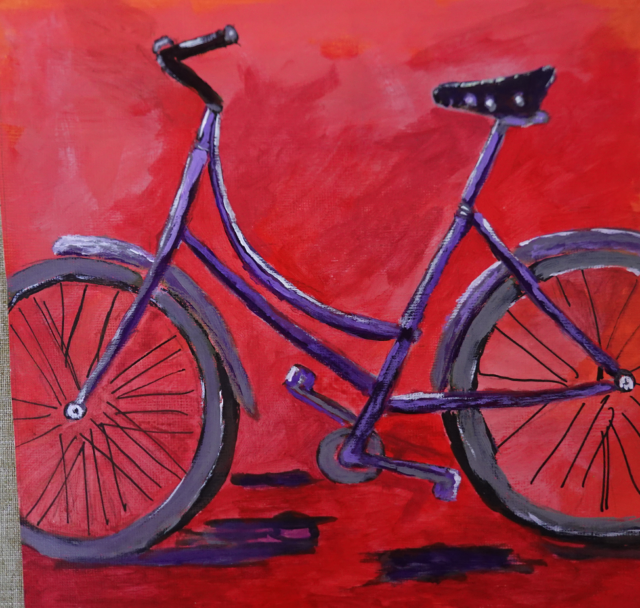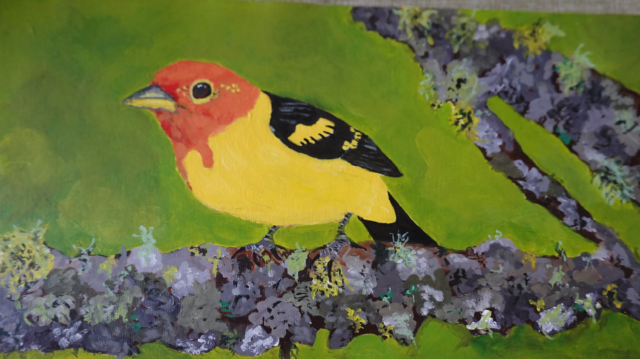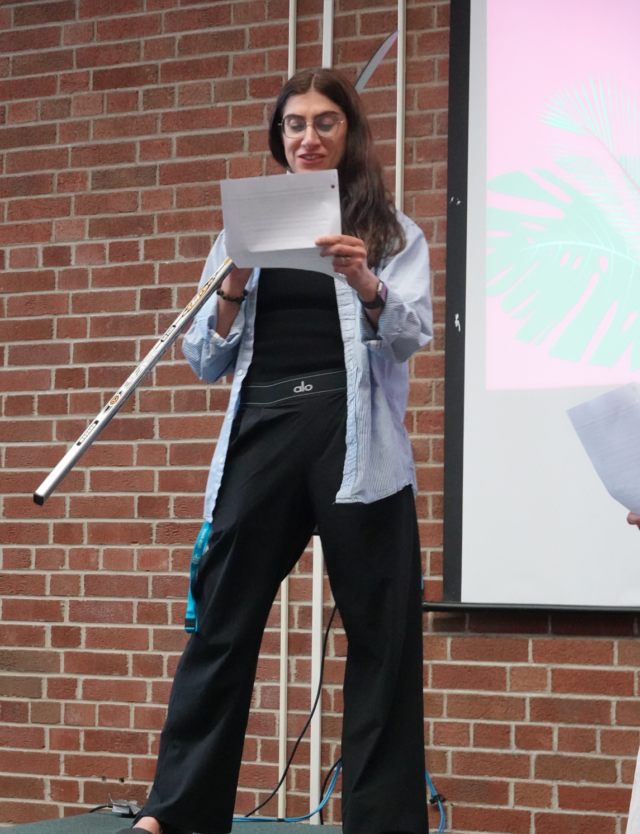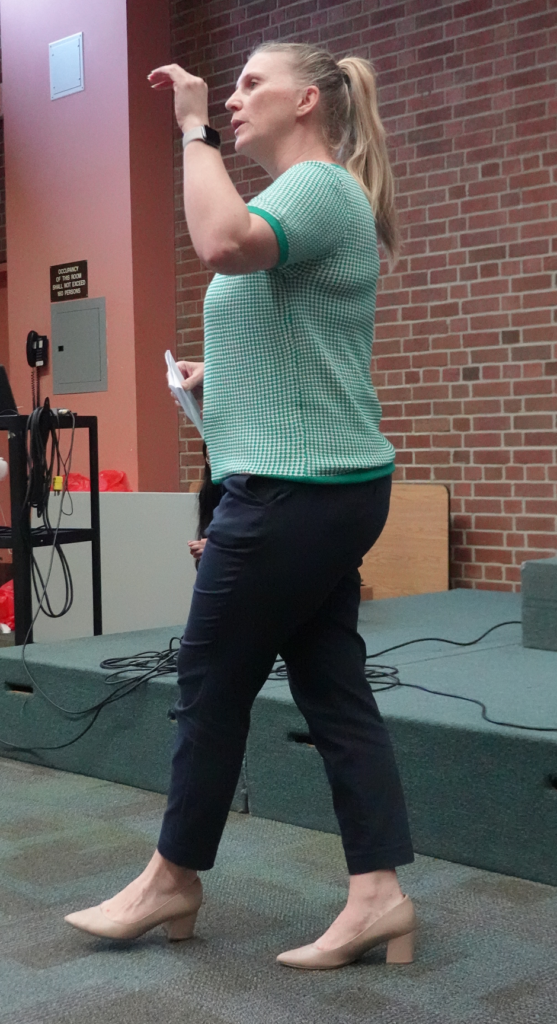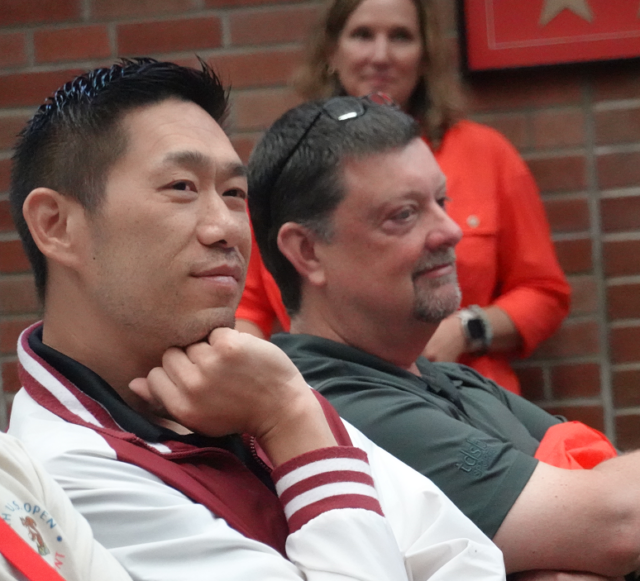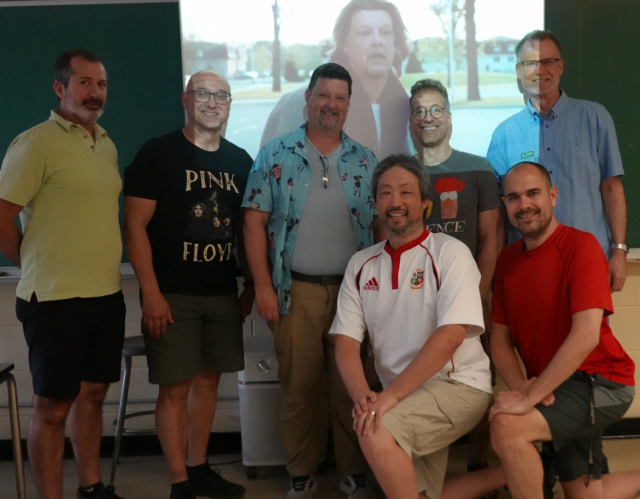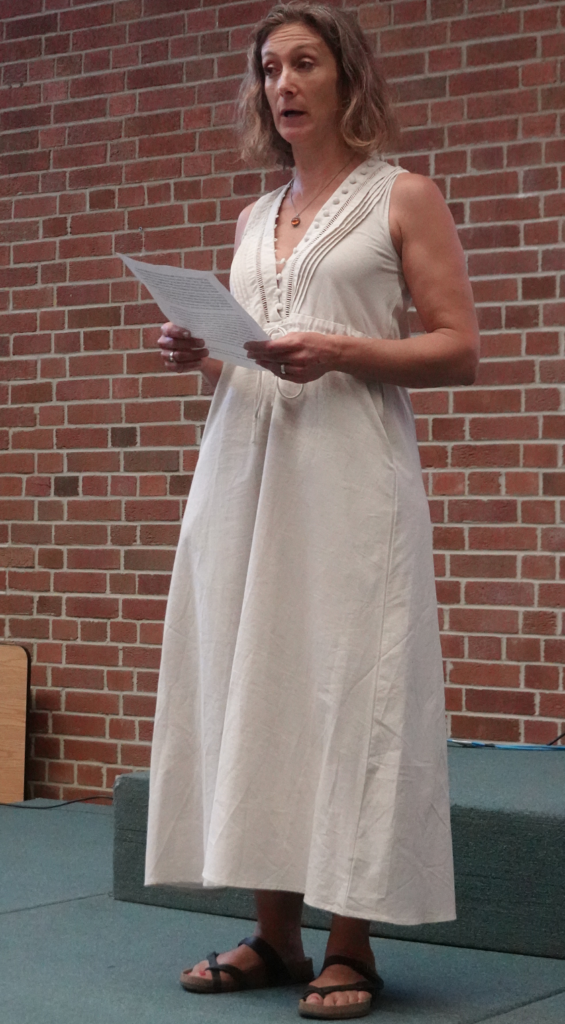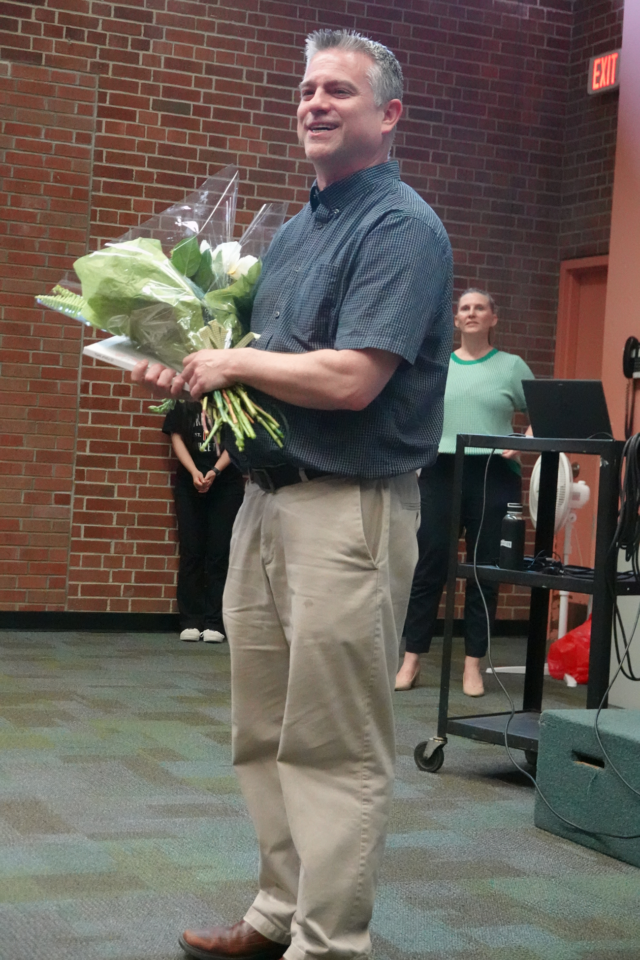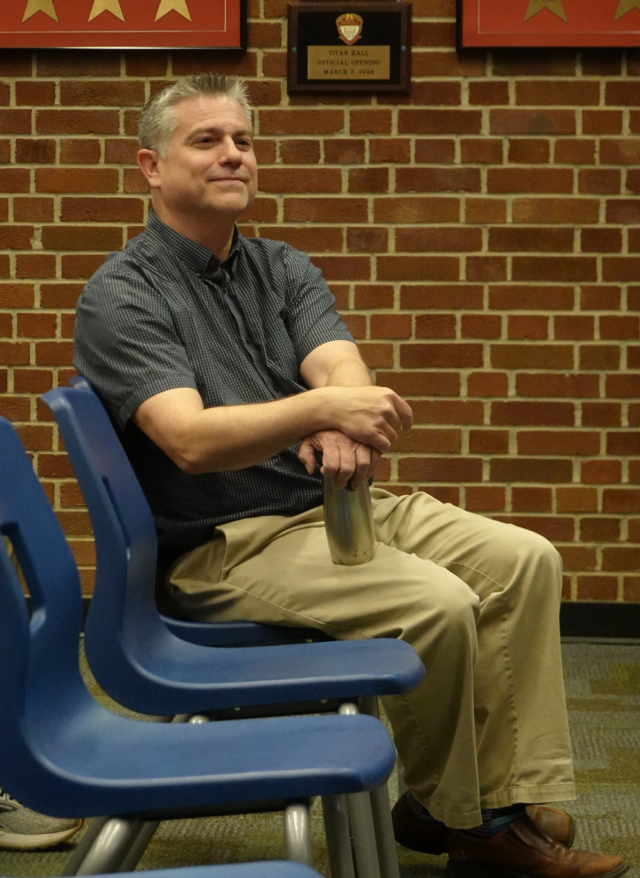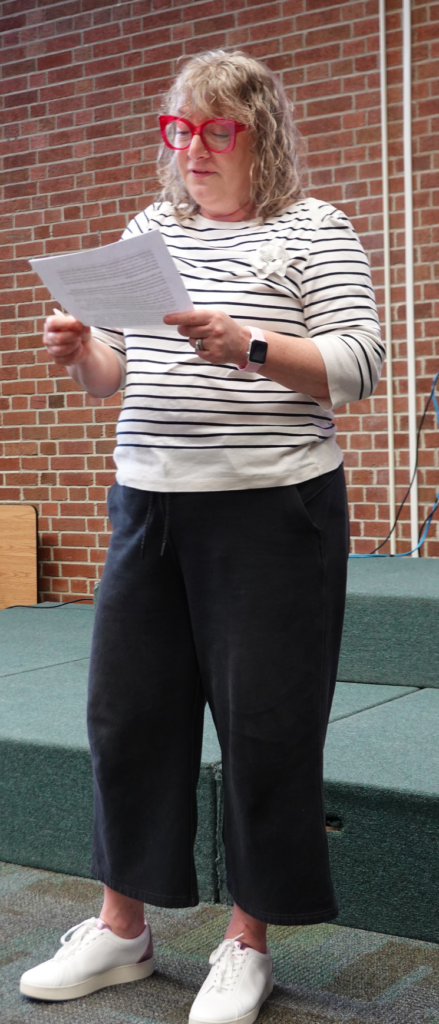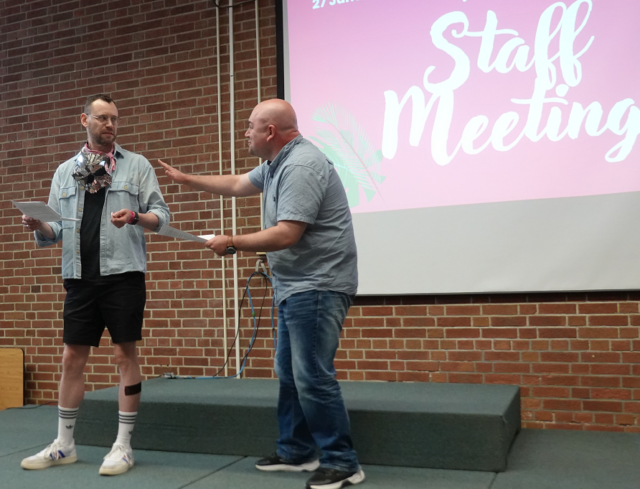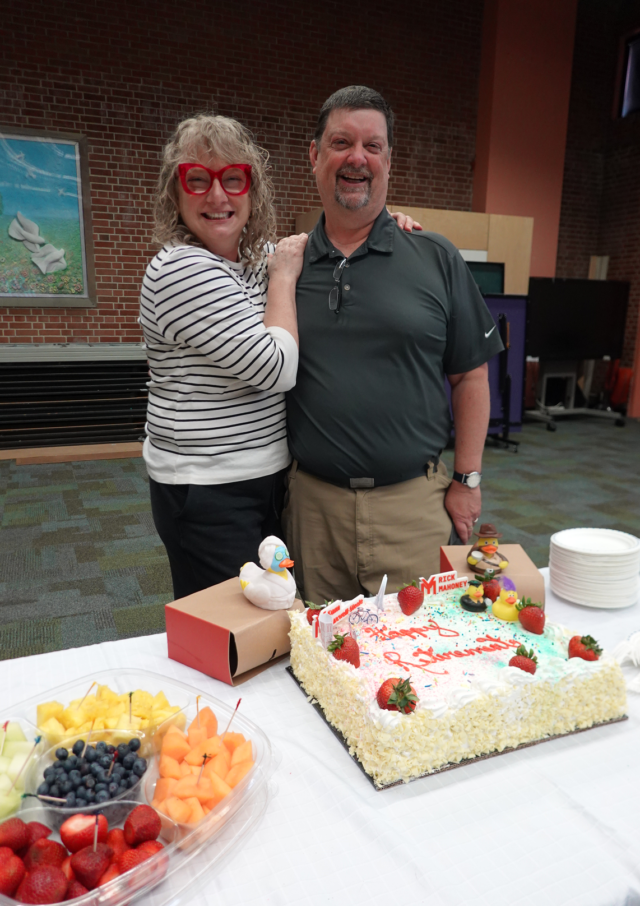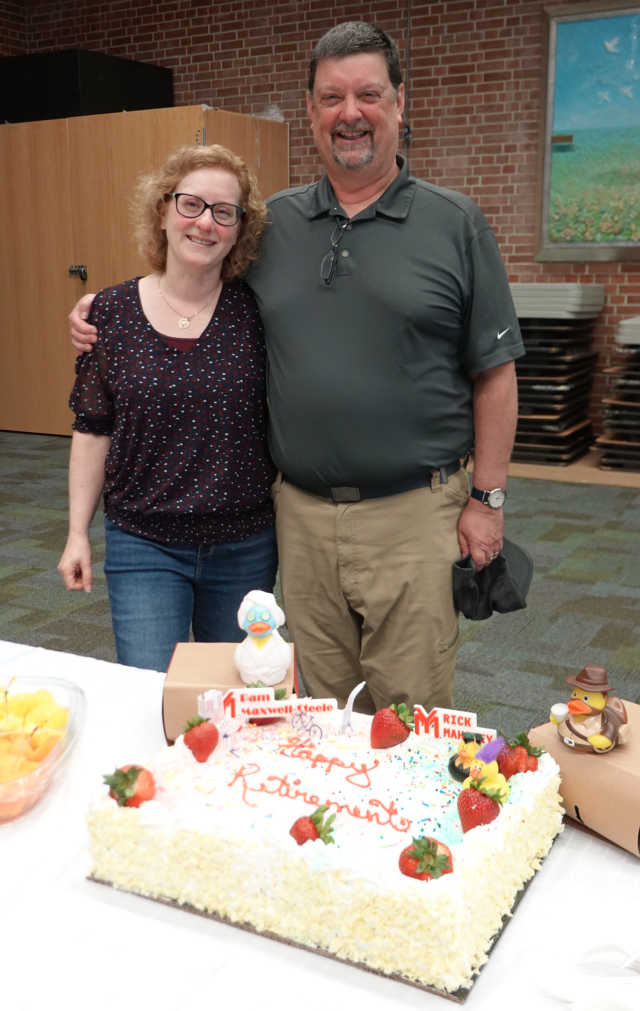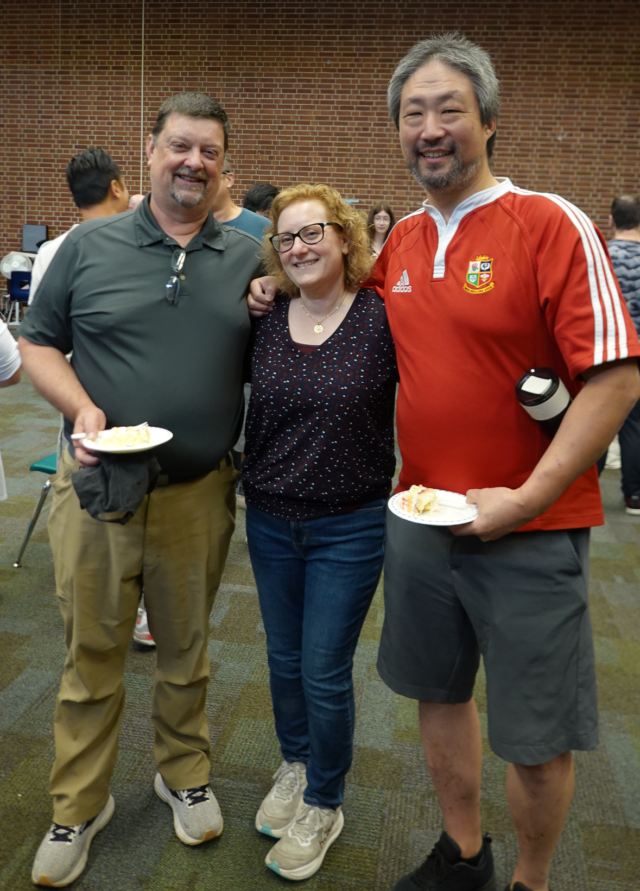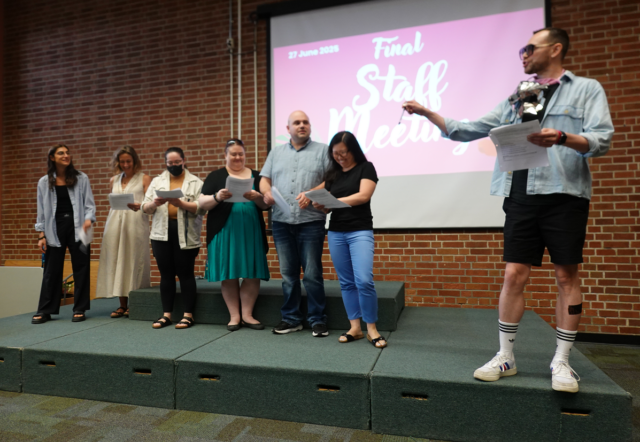East End Outing
Riverdale Farm Fall Festival, Cabbagetown Art and Craft Show, and Cabbagetown Festival on a lovely Saturday afternoon.
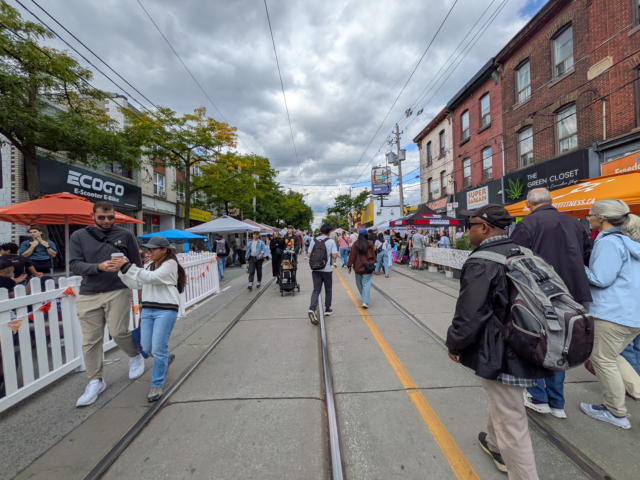
Clouds over Parliament Street 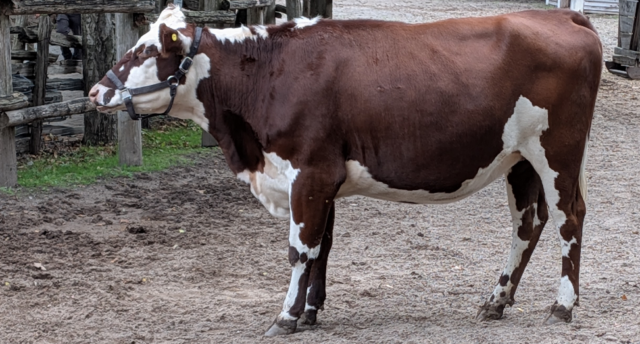
Cow at Riverdale Farm 
Really, farm-raised beer? Nearby there was a licensed daycare called Buds and Blossoms. Are they serious? There was a lineup there. 
So many beautiful gardens in Cabbagetown 
Greyhound tush – his mom fixed his PJs right after I took this photo 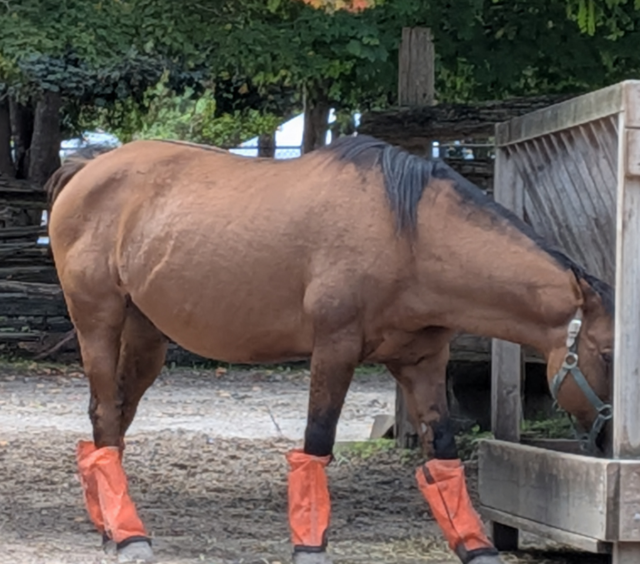
Horse – probably pony – at Riverdale Farm with his City of Toronto high visibility leg wraps 
A man checking out the art with his dog in a backpack 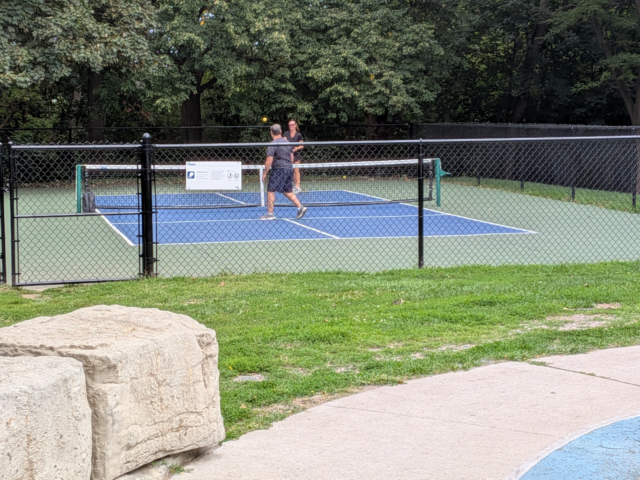
Pickleball court in Cabbagetown – who knew? 
Riverdale Farm ponds
An Onion and an Octopus
This summer I admittedly wanted light reading. With the world in such critical condition and the summer weather so extreme, I just needed a break from my usual heavy history or world events books.
So, I started out with Mark Kurlansky’s The Core of an Onion. A lot of thought was not put into that choice; the author is known to me – he’s a good one having written two of my favourites: Salt and Paper – and I have a “meh” relationship with the subject. It was on the sale table at Book City (as are most of my book choices). In other words, there wasn’t much else that was available at the time, having just finished the very intense Fire Weather, so I picked it up. It was cute; I learned a few things about onions. The recipes at the end weren’t vegan…. That’s really all there is to say.
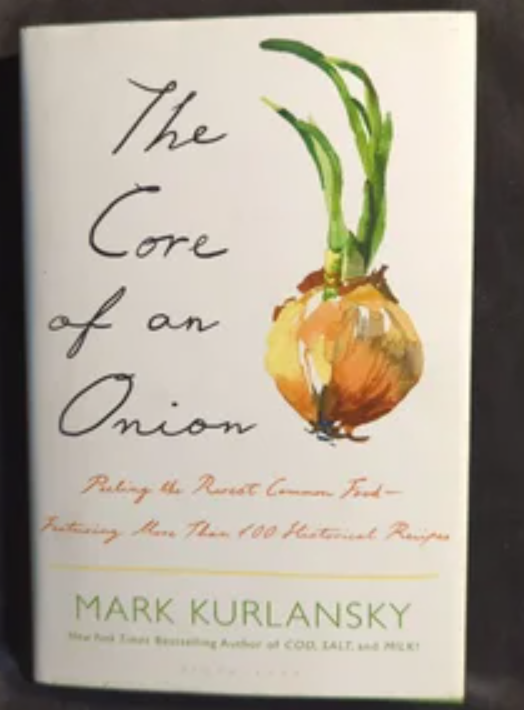
Then, looking for something else, a person at the bookstore recommended The Soul of an Octopus to me when I was checking out options in the nature section. Lucky me!
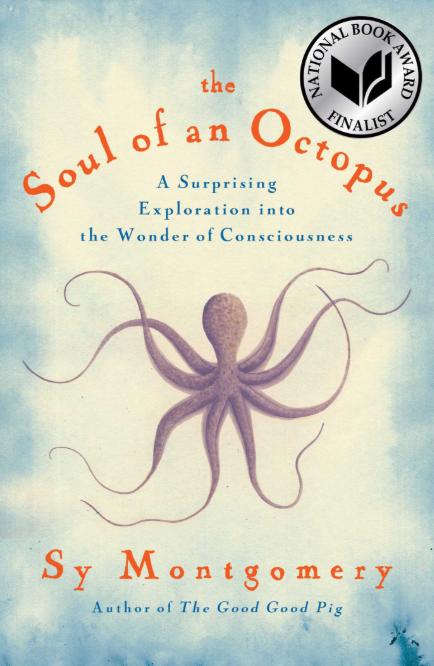
Written by Sy Montgomery and published in 2015, this is probably the best known of her MANY books. She writes about nature, obviously, but she does it with a very personal touch. Much like Jennifer Ackerman whose bird books I read on my year off, Sy writes in what I would call a “warming” style. I felt endorphins calming me while I was reading the book on the subway, bus, or streetcar. This book literally made me cry on the subway home during the week before school started this August (2025). No one rushed to help me, just so you know.
Sy befriends humans (employees and fellow volunteers) and octopuses alike at the New England Aquarium where she falls in love with octopuses almost from the start and interacts with them, frequently – literally putting her hands in the water to touch their tentacles, or, rather for them to touch her hands. She is inspired to learn how to scuba dive in order to see octopuses in their natural habitat. And sadly, she experiences the deaths of young Kali and senior Octavia. Probably one of the lasting things I will always remember from this book is the information about the short life span of octopuses, living only one to five years. Nature works in surprising ways; elephants, also very clever animals, live for maybe 60 to 70 years.
Like other readers who have reviewed it, I don’t think this is a perfect book. It’s rather simplistic, especially in comparison to fellow nature writer Jennifer Ackerman’s meticulously researched work, in my opinion. To clarify, I have not read any scientific articles or books about octopuses. It’s a bit anthropomorphic, though humans are generally so in our impressions of the animals closest to us. And, it’s about captive animals rather than wild ones, for the most part. While I admit that I visited many zoos and aquariums when I was young, I haven’t been to an aquarium since 2006 when we went to the fantastic Monterey Bay Aquarium, and I haven’t been to a zoo also since we went to the famous San Diego Zoo on the same trip. As a person (and vegan) who loves animals and nature in general, I don’t love visiting zoos to see animals in unfortunate, cramped captive situations. On the other hand, I have two cats and I ride horses. Am I hypocritical? Probably. Just fyi, I’ve never eaten octopus.
I don’t mind too much that the author didn’t approach the consciousness topic very deeply. I don’t need to be persuaded that animals have consciousness, intelligence, emotions, etc. Philosophy is not something I am interested in. I just live and think and don’t really have a structural methodology to my thinking. So be it.
Overall, on the one hand I loved the octopuses and the cast of human characters who gather round the tanks (and the pickle barrel where Kali lived). And I appreciate Sy’s kindness – she emailed me back a lovely personal note when I emailed her as I almost always do when I finish a book. Though, on the other hand, I didn’t find it to be nuclear physics. That’s okay. I’ll probably pick up another one or two of Sy’s books, and I will try to use some of the writing to lure my students into reading anything other than texts.
Summer Art
I’d like to give credit to the original artists.

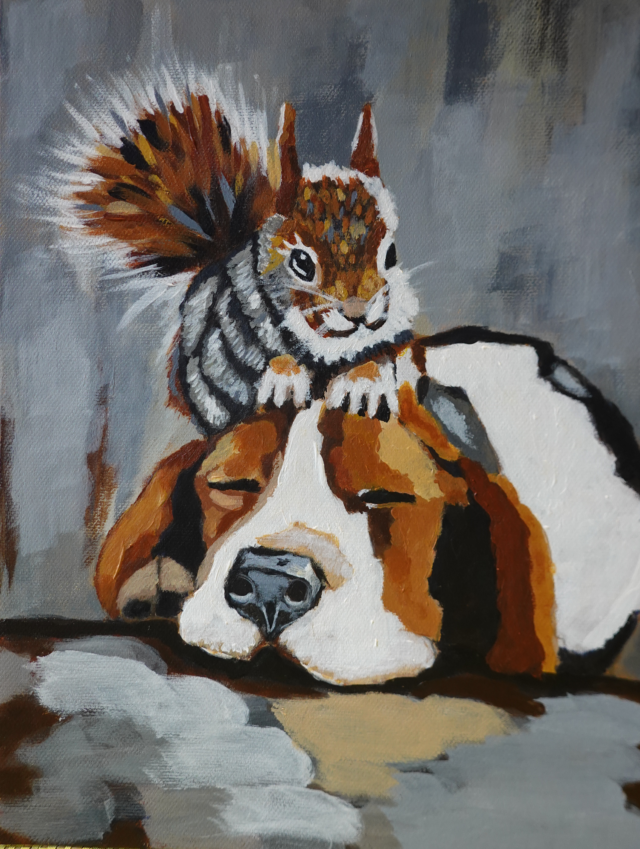





While it may seem vain to post all these paintings, it really just helps me become better at this skill. I do have a few original pieces but they are not ready for showing quite yet. Happy painting.
2024-25 TTC Best Books
Here are some of my favourite reads this year from my commutes to and from school, not including my usual magazines: Scientific American, Canadian Geographic, The Walrus, and Spacing.
The TTC wasn’t perfect this year (I’m talking about you -the Dufferin bus on Thursdays!). But commuting by public transportation allows me time to read! In the age of AI, there is no greater good.
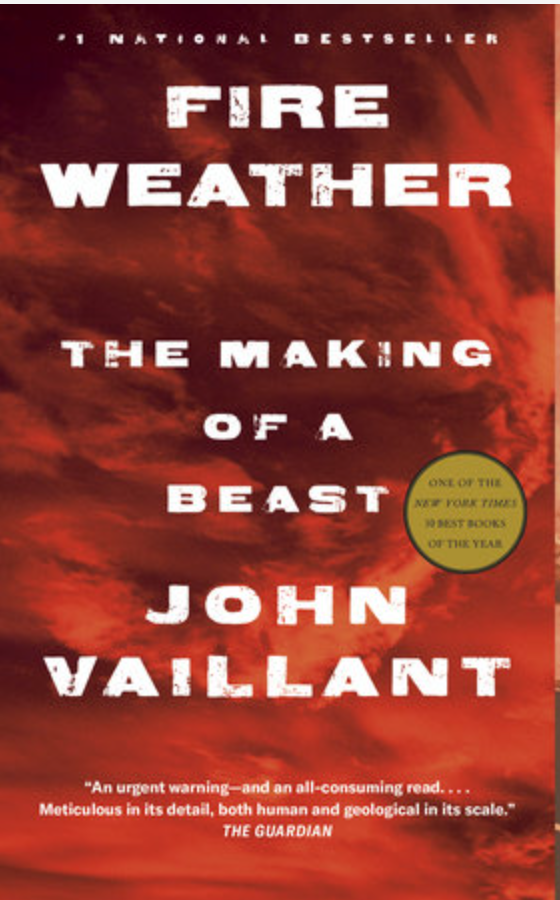
Favourites!
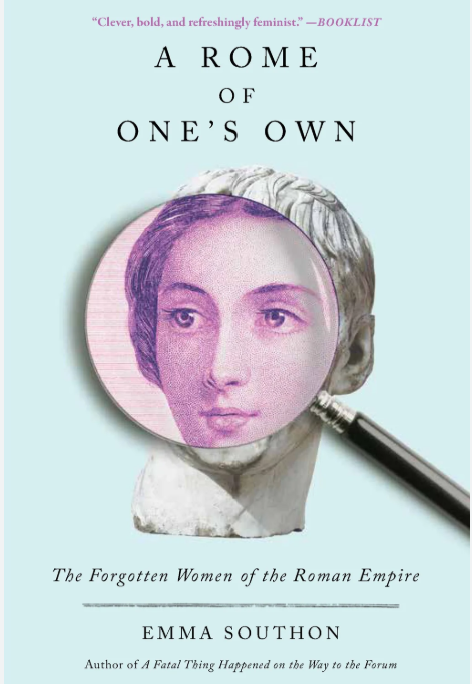
Also
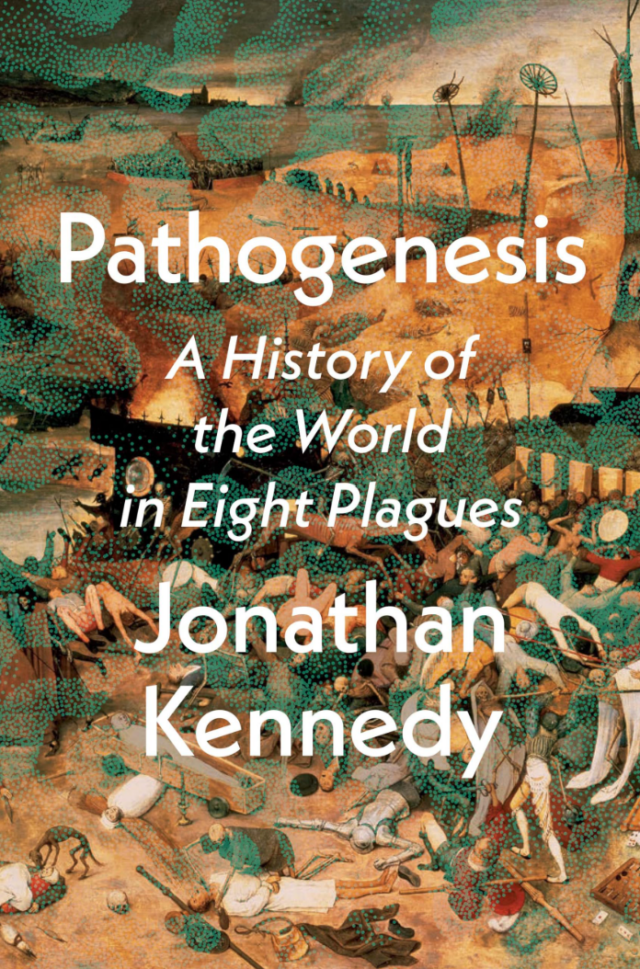
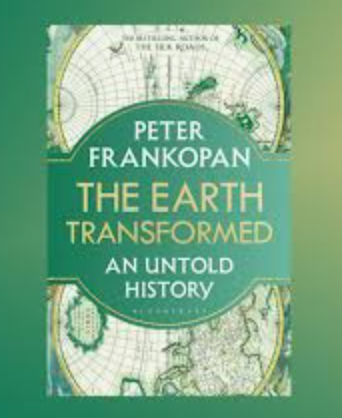
I tried to get through this one but just found it too dense – and heavy – for TTC reading. I didn’t expect such a scientific approach to history – too much for a.m.
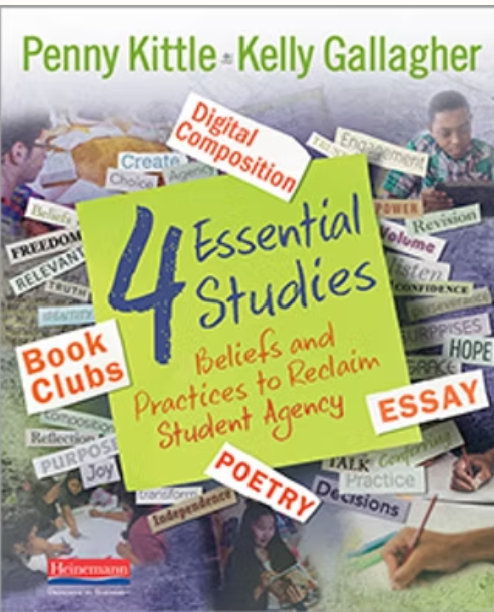
Last but NOT LEAST
Stars on Ice 2025
Fun show. Great seats – on the floor right in the middle of the short end! We got to slap hands with every skater. Thanks to my mom:)
